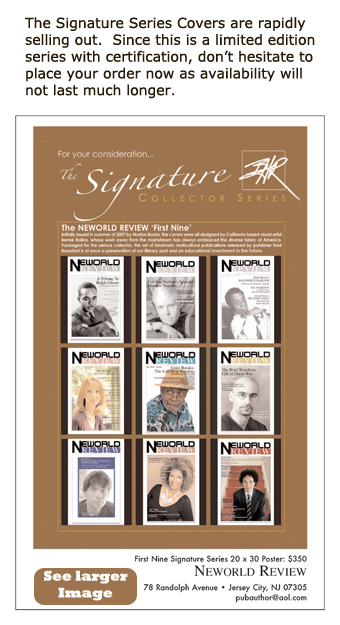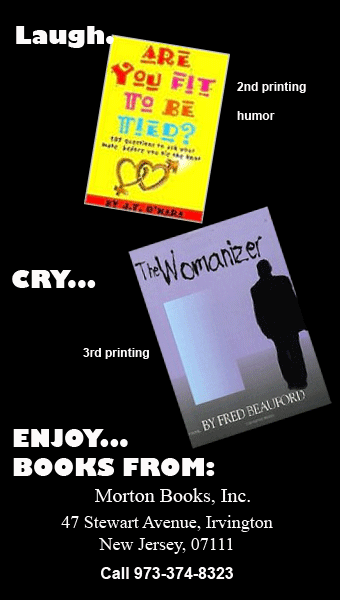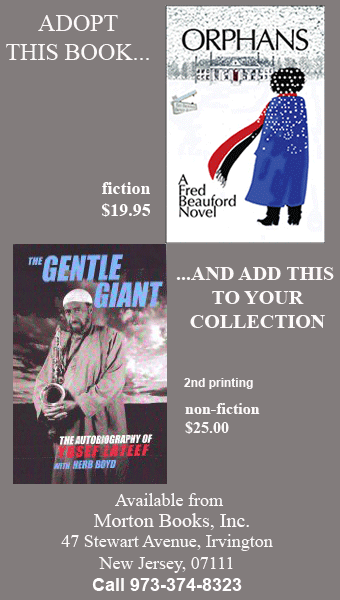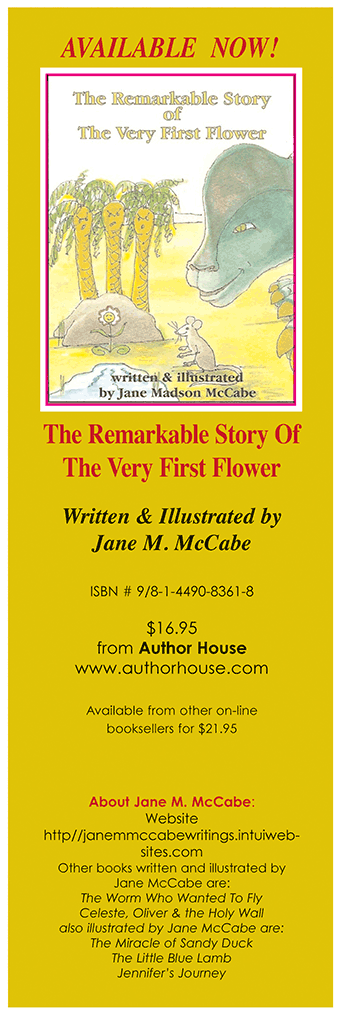MEMOIR
What is it and why bother?
by Jill Noel Shreve
I have a photograph.
Chocolate-brown paneled walls fill the background of the photograph. In the foreground sits a woman. She’s the purpose of the photo. The photo stops at her chest, only giving the woman’s face and neck and shoulders. Her maple-sugar colored hair coils in tight, short curls on the top of her head. Her cream-colored forehead stretches high and wide. Gold-rimmed glasses perch on her nose. Her faint eyebrows rest over her hydrangea-colored eyes. Cloud-colored shadow highlights her lids. Gold shrimp hoops hang from her earlobes, one looks to dangle lower than the other. Layers of cabernet-colored gloss cover her lips and pink petal powder rests high on her cheek-bones. Her jaw slopes down toward a chin that curves rather than angles. Her neck quickly vanishes under a round-collared, nearly black blouse. I can make out the faint outline of deep violet roses within the folds of the blouse. A large, wilted satin bow—a bow the color of ripe dewberries—droops just under the blouse’s collar. The woman sits with impeccable posture on a high-backed wooden chair that almost fades into the chocolate-brown panelling behind her.
This 3 ½ x 5 photograph captures my mother at 28-years-old. The exact age I am now.
Memoir: A Genre Defined
The genre itself is still taking shape today as memoirs continue to appear in bookstores and find their way into the hands of readers. Lots of folks are having a hard time pinning down exactly what memoir is. Some people would say what I’ve written above is a memoir excerpt, while others would say, “Try again.”
The word memoir came from the Middle French word memoire which means “written account, description.” (OED Online Version, Nov. 2010) And the word also ties back to the Latin word memoria, meaning “memory.” From this, we can surmise that memoir is a written account or description of a writer’s memory. But that’s about as far as we get with etymology. So, I went out in search of thoughts from current memoirists, asking them how they would define memoir.
Honor Moore, author of The Bishop’s Daughter, suggests that memory is the foundation of memoir. She responded that a memoirist must make a contract with memory, above other things, in order to construct a project in this genre. “Memoir,” she said, “is a form of creative nonfiction and also a form of autobiographical writing. It is led by memory, which relates it also to poetry. While a writer of autobiography pledges factual accuracy, a writer of memoir is loyal to memory, while also pledging not to stray willfully from the facts.” Within Moore’s definition, we see that memory is a fundamental necessity.
I also sought out an answer from memoirist Louise DeSalvo, author of Vertigo. While she agreed that memory is the foundation of memoir, she included within her definition the importance of how a memoir is crafted. “Memoir,” DeSalvo said, “is about memory. Memoir is about how we remember the events in our life, how we make sense of the events of our life. Memoir shows the process whereby we make sense of our lives. To me, memoir shows what we thought about our lives then, what we think now, and our reflections about our lives. Memoir, to me, begins with a question about our lives and in the process of writing we begin to arrive at an answer to that question.”
DeSalvo paints memoir as a journey and she deepens her definition by pointing to the process of asking a life questions along with determining the significance and meaning of that lived life.
I asked the author of The Kiss, memoirist Kathryn Harrison, what is memoir? Harrison began broad, then telescoped her definition. “Memoir, as it is understood today,” Harrison said, “is typically written by an unknown stranger, a writer whose experience is in some way remarkable, whether that be materially remarkable—surviving on a desert island by turning to cannibalism, for example—or aesthetically remarkable, written with sufficient art and revealing a vision and voice we haven't heard before, or (ideally) both. Memoir is nonfiction at its most intimate and confessional.” Harrison suggests that memoirists don’t approach the page with inhibition, but instead they pull back the veil on a life lived to share specific recollections and experiences, not only writing about what the public has witnessed, but also revealing the private.
Finally, I asked Meena Alexander, author of Fault Lines, for her definition of memoir. Alexander also affirmed that memoir is the presentation of the private to the public, and then she went a step further to comment on the organic nature of the form.
She said, “I think of memoir as an intensely personal reflection that has found a public form. It is not bound by the requirements of a traditional telling of a life that one finds in a biography, even if it’s of oneself. Of course, things slide and shift and the form is malleable, as it must be, for the memoir to shape itself.” Alexander centered her definition on the nature of the form—how memoir isn’t traditional, but malleable, how it consistently changes to fit the shape of a life, the shape of a self on the page.
After sifting through all these definitions, we see that memoir is more than my initial conclusion from etymology—more than a written account or description of a writer’s memory. We see that memoir is something far deeper than its purposefully sterile cousins, biography and autobiography. It extends beyond regurgitating facts. From these definitions, regardless of their subtle differences, we see that memoir is a personal confession of one’s particular memories, something private exposed to the public. And we see that memoir includes the significance of those exposed memories, ascribing meaning to a lived life.
Memoir: A Genre of ArtMemoir, in literary circles, takes a beating, for sure. It’s the red-headed stepchild of literature. But even with marks against it (including debacles like Million Little Pieces and the recent Love and Consequences), several memoirs have broken free of the negative labels, achieving awards, accolades, and even the title of “art.”
But is this category accurate? Is memoir really art? I went back to the memoirists and posed this question.
With a more anthropological approach to the question, Louise DeSalvo said, “Memoir as a genre is, of course, art. What makes memoir art? The fact that it’s a human creation, that it takes the events of one’s life and imposes order upon them; that it arranges them in an artistically pleasing order that corresponds to what is being said.” Because the memoir is written by a human, created by human hands, DeSalvo suggests that memoir is inherently art.
Consulting her poetry background, Honor Moore also wedded the notion of memoir as art with an anthropological idea. She said, “Horace, the Latin poet, wrote that the purpose of art is to delight and instruct—the same can be said of memoir. Like all literature, memoir tells us more about who we are as human beings.” Moore proposes that because memoir does offer delight and instruction to its readers, it therefore abides Horace’s adage, thus achieving artistic merits.
Meena Alexander suggested that language, if handled with precision and accuracy, can elevate memoir to the status of art. “Yes indeed,” Alexander said. “[Memoir] can be [art], it is the beauty of language that raises it to the level of art and the sculpting of form.” Attention to the craft, to the syntax and the diction of the piece, this, Alexander indicates, is what moves memoir from ordinary to extraordinary.
After addressing several art media, Kathryn Harrison put the weight of responsibility on the memoirist. She offered that memoir achieves artistic status solely via the author and her vision for a piece. Harrison said, “Few memoirs attain the status of art. In that regard the form is no different from fiction, poetry, film, painting, composing—any creative enterprise. There are bad writers of memoir, just as there are bad painters, composers and novelists. And there are great memoirs just as there are great novels. The criteria used to judge memoir are the same as those used for fiction, or for other forms of creative nonfiction. Again, a book's quality rests on the author's vision, the truth s/he reveals, and the voice in which s/he speaks. Memoir is art when it justifies its existence on a purely narrative level. It doesn’t have to reveal diet tricks or bird watching techniques or tell you how to invest your IRA or how the author survived his wife’s cheating on him.”
Harrison advocates that when a memoirist executes the craft well, then the memoir will receive its due reward—the label of art.
When looking through all of these thoughts on memoir as an art form, there are two commonalities that emerge: humans creating and then crafting the creation with discipline. As we’ve read, these two elements are essential for propelling memoir into the category of art. We all have a story and we all have the ability to fashion it together in a structured form for presentation. Humans have this inherent desire to create. Those humans who are teachable—who learn the craft—and then practice the disciplines of the craft, those are the writers that will produce memoirs that rub shoulders with other works of art.
Memoir: A Genre We Must Engage
Now that we’ve explored a general definition of memoir and its artistic merits, I want to turn to why we should engage memoir. Thomas Larson wrote in his work The Memoir and The Memoirist that “[Memoir] cannot be the record of the past as autobiography tries to be. Memoir is a record, a chamber-sized scoring of one part of the past. Despite its rightness, it’s a version of, perhaps a variation on, what happened.” (Larson’s emphasis) Larson suggests that memoir is a record of history.
Because a personal record of history is vital to our society’s progression, it’s imperative that we engage memoir, head-on, as artists and patrons. Here’s an example of what I mean: There are news reports about World War II, and then there’s The Diary of Anne Frank. The latter is far more revealing about World War II than the former. We read Anne Frank’s work and we gain a deeper understanding of what it was like in the Netherlands during the war. This textures our understanding of World War II in a way that news reports can’t.
Another work to consider: Frank McCourt’s Angela’s Ashes. In this memoir, McCourt gives us intimate images of Brooklyn and Limerick in the 1930’s and ‘40’s. We wouldn’t have that record of those places during that time period if McCourt hadn’t contributed to history through the genre of memoir. We must engage memoir so that personal histories are recorded. I have a responsibility to examine the life of the woman in the photograph at the beginning of this article and to examine how her life impacted mine. I have a responsibility to society to communicate what white, working-class, rural America looked like in the 1980’s and ‘90’s. This is our responsibility as artists and patrons, to step out and write about how it was—not the textbook version, but our personal, intimate, revealing versions.
We also must engage memoir so that we, as humans, are more connected. In an age of Facebook-friendships and lack of community, this is the best time for memoirs to be written. We need to engage the genre because it will reconnect us. The best commentary I’ve heard supporting this idea is by memoirist Lynne Greenberg, author of The Body Broken. “I can state that I found a dearth of writings about my particular disease,” Greenberg said. “The market was flooded with “how to” books that attempted to help the patient recover. There were few books that translated the experience itself for me or that allowed me to feel more than just intense isolation and individuation. Upon discovering the statistics of how many people in this country alone suffer from my particular problem, I wanted to offer a record, to make this very private and isolating experience public, to form a community or bridge if you will. The solipsistic, even existential loneliness of the patient, I thought, could be transcended by offering my voice to others—and for myself, feeling that I had a voice that would be heard.”
Greenberg saw the lack of experiential material on her subject matter, and in that void she decided to step up and speak out, in the form of memoir. We, as human beings, are hard-wired to connect. We crave intimacy and communion. The task Greenberg tackled is something we all have a responsibility to take on. We need to reach out to each other, linking together in more than just a digital way. We need to share our stories and say, “I’m here. I understand. Me too.” And we can do this through the genre of memoir, whether we are the ones writing the stories or the ones engaging with the stories as readers.
Memoir: A Genre with a Future
Where will the form be in ten, twenty, thirty years? Louise DeSalvo put it this way, “The memoir in twenty years? I couldn’t possibly predict; to do so would be arrogant. I can’t even tell what a writer new to the form might be doing with it right now. Think about all the splendid work in the form in recent years showing how elastic the form is, how great its potential for stunning works of art. I just hope I’m still around then to appreciate what the writers of 2030 will be doing in the form.”
Because memoir is a reflection of a life, the form will constantly change, but one thing’s for sure, as long as there are people, there will be lives to write about, an appreciation of art, a need to understand history, and a need to connect. As long as there are people, there will be memoirs.
I forgot to share with you—in the opening lines of this article, the photograph of my mother—she’s wearing a slight grin. The corners of her mouth and eyes barely turn upward. I’ve often wondered if she’s smiling because she has a joke to tell or if the person taking the photograph has told her a joke to incite such a smile. And then I wonder who the photographer is. And why my is mother dressed up. And how long it took her to get ready. And how often she dressed up that way. These, along with so many others, are the questions I must answer to form the memoir I’m working on.
What are some questions you have that will start you on a journey of writing yours?
Jill Noel Shreve teaches Creative Writing at Hunter College in New York City. You can read more about her at www.jillnoelshreve.com.
______For more about memoir, check out these titles:
Barrington, Judith, Writing the Memoir
Larson, Thomas. The Memoir and the Memoirist
Yagoda, Ben. Memoir: A History
Zinsser, William. Inventing the Truth: The Art and Craft of Memoir




